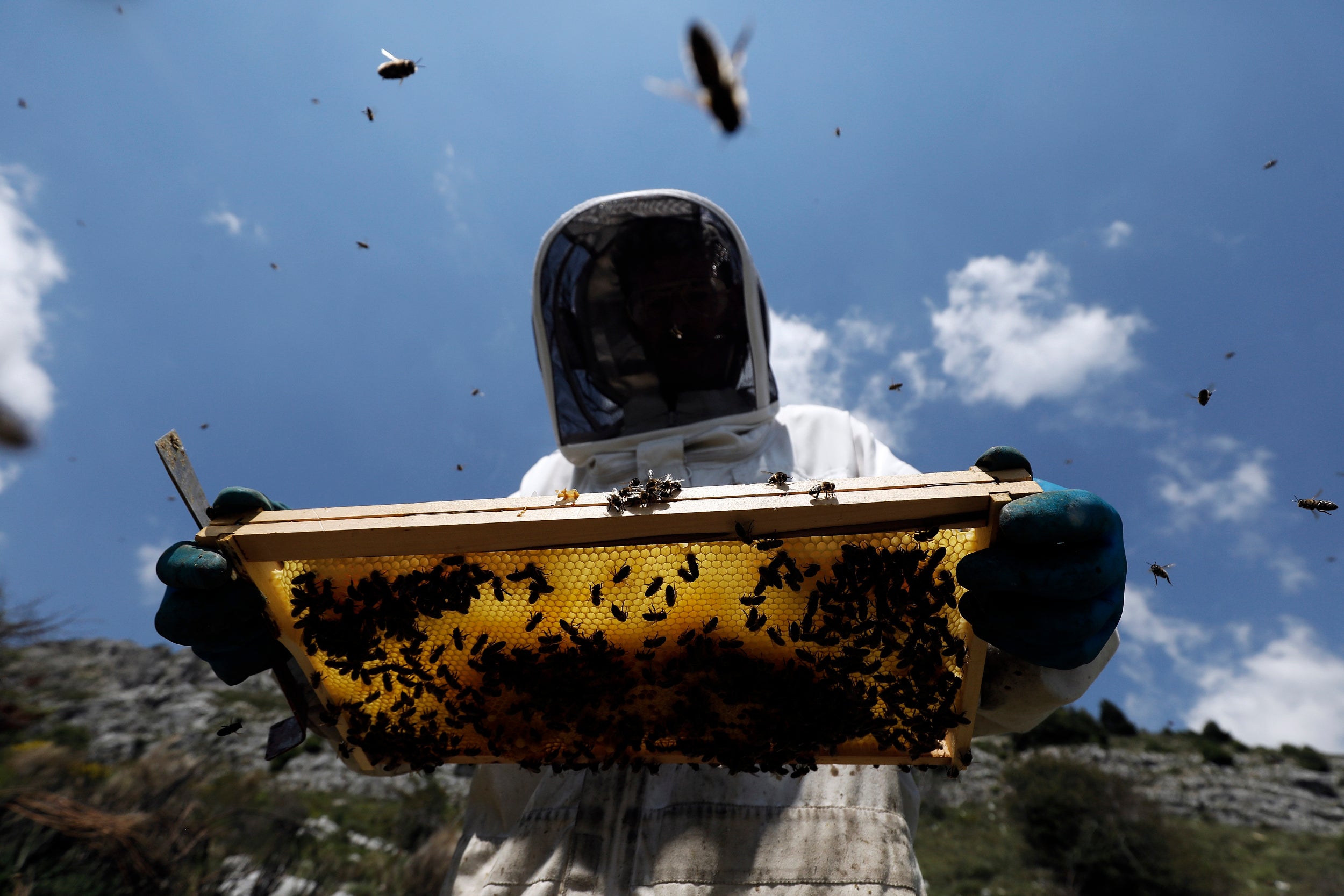This website uses cookies so that we can provide you with the best user experience possible. Cookie information is stored in your browser and performs functions such as recognising you when you return to our website and helping our team to understand which sections of the website you find most interesting and useful.

Every year in Provence, the start of summer is marked by the flowering of lavender fields, much to the delight of tourists but especially for bees coming from far and wide to forage this sacred flower.
Beekeeper Jerome Payen, based in the Alpes-Maritimes for 19 years, practices the transhumance of bees, which consists of transporting beehives to the Valensole plateau, renowned for its lavender fields stretching as far as the eye can see.
From his 150 beehives, Jerome selects the lucky few that will make the long journey to pollen paradise. Equipped with a smoker filled with dry herbs, Jerome sedates the bees so that he can open each hive without disturbing them, and then chooses the hives in which the bees are the most numerous and strongest – this year, 30 have been selected.
Two days later, at nightfall, when the bees have all returned to their hives, the transhumance begins. Illuminated only by a red lightbulb – red being a colour bees cannot see – Jerome loads the hives onto his truck in the cover of darkness. Now begins a race against time to unload the hives 150km away near the village of Puimoisson located on the plateau of Valensole before sunrise.
The first rays of sunshine herald the start of a busy day for the bees buzzing between the hives and the lavender flowers.
For Jerome, it is mission accomplished. He can now hit the road and return at the end of the summer to harvest lavender honey labelled Flowers of Provence.
EPA



 Africana55 Radio
Africana55 Radio 

